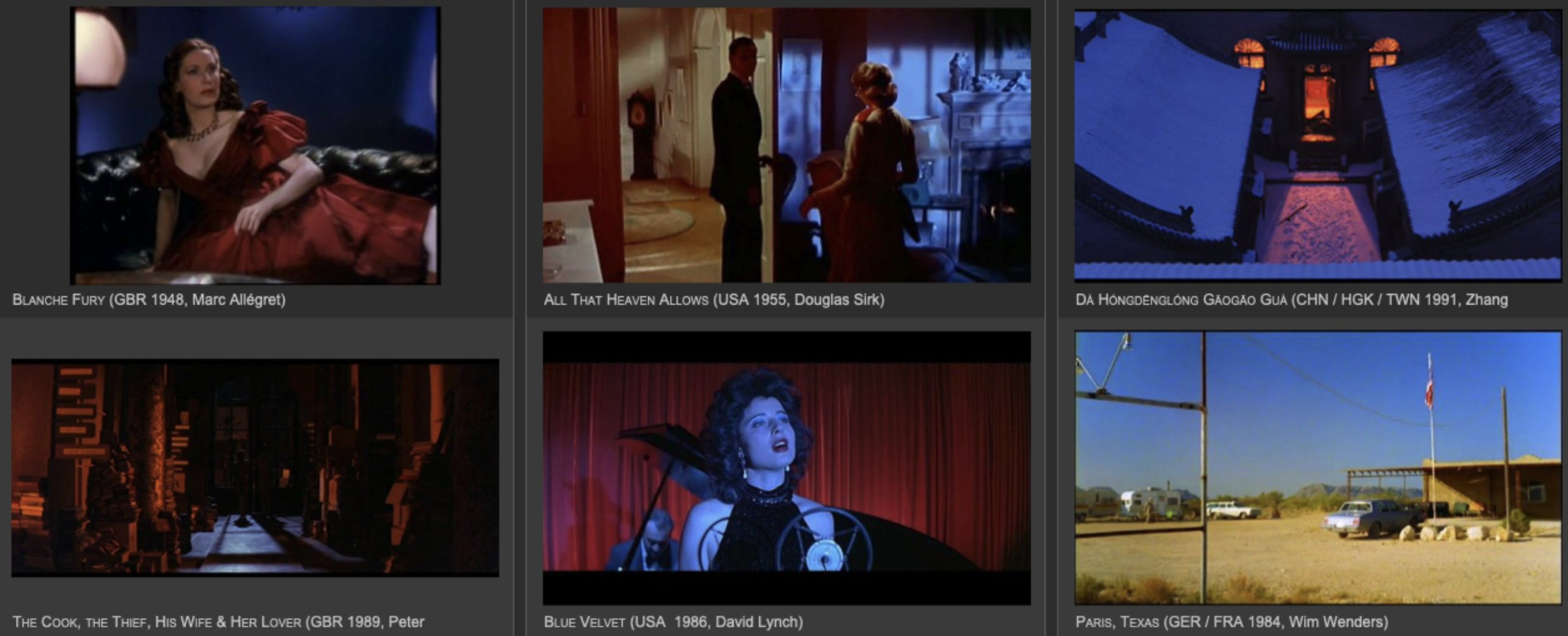As technology continues to evolve, so does the study of color theory in cinema, with each decade witnessing advancements. Concurrently, the realm of digital humanities introduces new methods and tools for analyzing colors in films. Amid my exploration of technical progress in this domain, I encountered Barbara Flueckiger and Gaudenz Halter’s article, “Methods and Advanced Tools for the Analysis of Film Colors in Digital Humanities.” This research utilized digital tools to explore the stylistic, expressive, and narrative dimensions of color in film, bridging traditional approaches with contemporary visualization methods.
The study’s primary aim was to examine relationships between aesthetics and technology of film colors. It revealed the complexities inherent in employing a computer-assisted approach, which necessitated temporal segmentation and a structured vocabulary of theoretical and analytical concepts, particularly when studying films spanning different eras from 1895 to 1995.

What struck me as intriguing was the study’s adoption of a “technobole approach”, which focused on contextualizing technical advancements within cultural, social, and economic frameworks. This approach underscored the interplay between technological innovation and broader societal contexts, enriching our understanding of the evolution of color in film.
The tools used for this research were FileMaker database, VIAN, and VIAN WebApp, alongside cloud computing on Microsoft Azure. While these tools can be effective, challenges still arise. In this case, the obstacles were connected to interpreting higher-order semantics in film analysis, such as intertextual references and emotional responses, alongside the superiority of computer-based approaches in color identification, despite the need for human interpretation.

Exploring the methods and challenges in film analysis was intriguing. The paper focused on temporal segmentation, figure-ground separation, colorimetric analyses, and spatial variation in color appearance. Findings highlighted numerous challenges, such as parsing films into coherent units, the evolution of tools like VIAN to simplify this task and the important role of human observers in pinpointing temporal units. Nevertheless, the article imparted valuable lessons, stressing the indispensability of interdisciplinary cooperation, user input, and the creation of adaptable visualization techniques.

The project emphasizes the importance of a holistic approach in analyzing film aesthetics and technology. It stresses the significance of detailed examination, relational database architecture, and the fusion of humanities with digital tools for a deeper comprehension of cinematic narratives. For cinephiles, grasping the methods used to scrutinize stylistic elements is essential, unlocking underlying meanings and uncovering symbolism that hides behind each color. As the study shows, it’s always possible to interpret colors in films in various ways, and most often they are chosen to be part of specific frames because of specific, significant reasons. However, to interpret the significance of colors in films, research tools alone may overlook the details and metaphorical significance of visual elements. A critical perspective, coupled with digital tools, remain imperative for generating meaningful insights.
